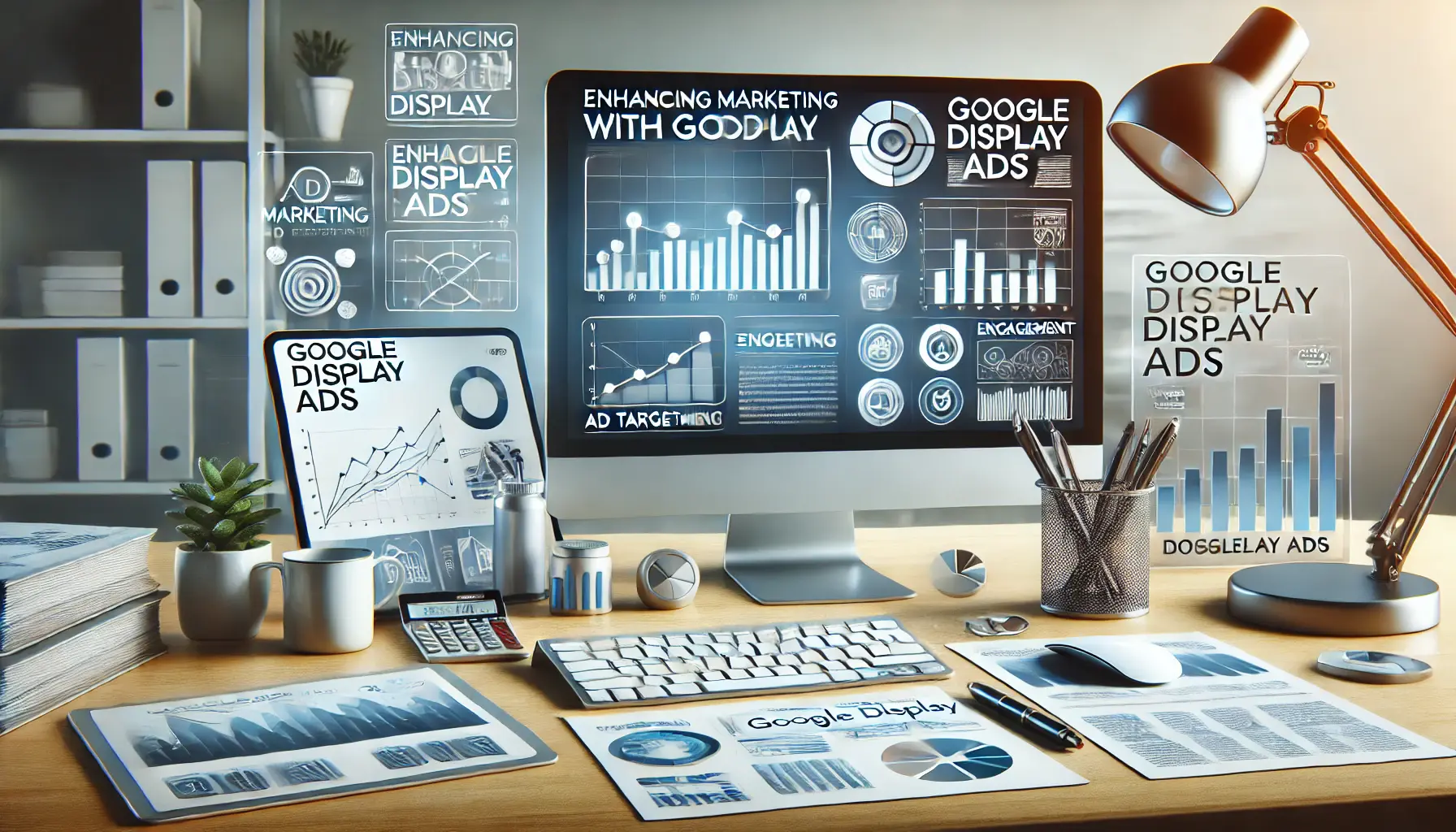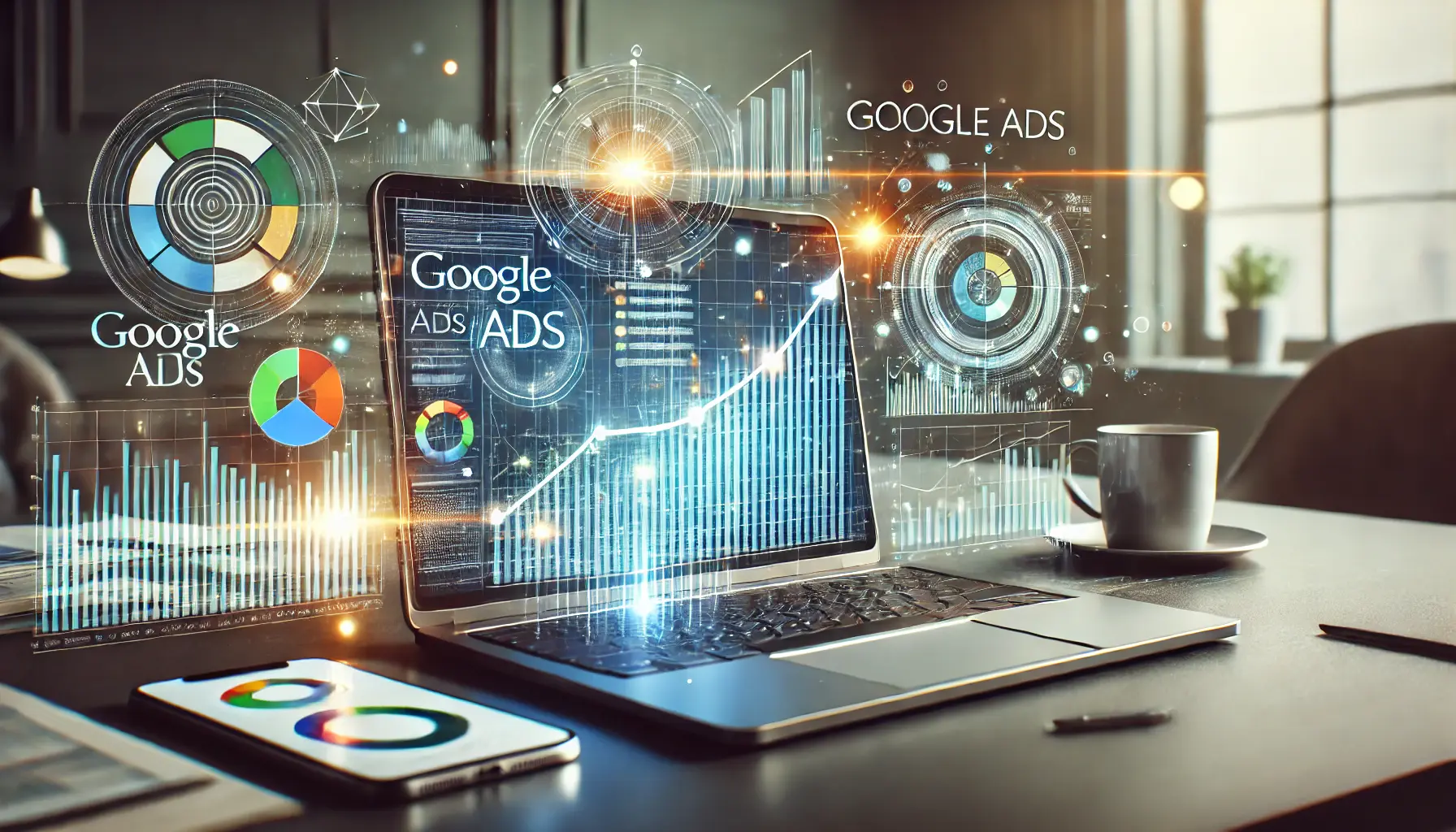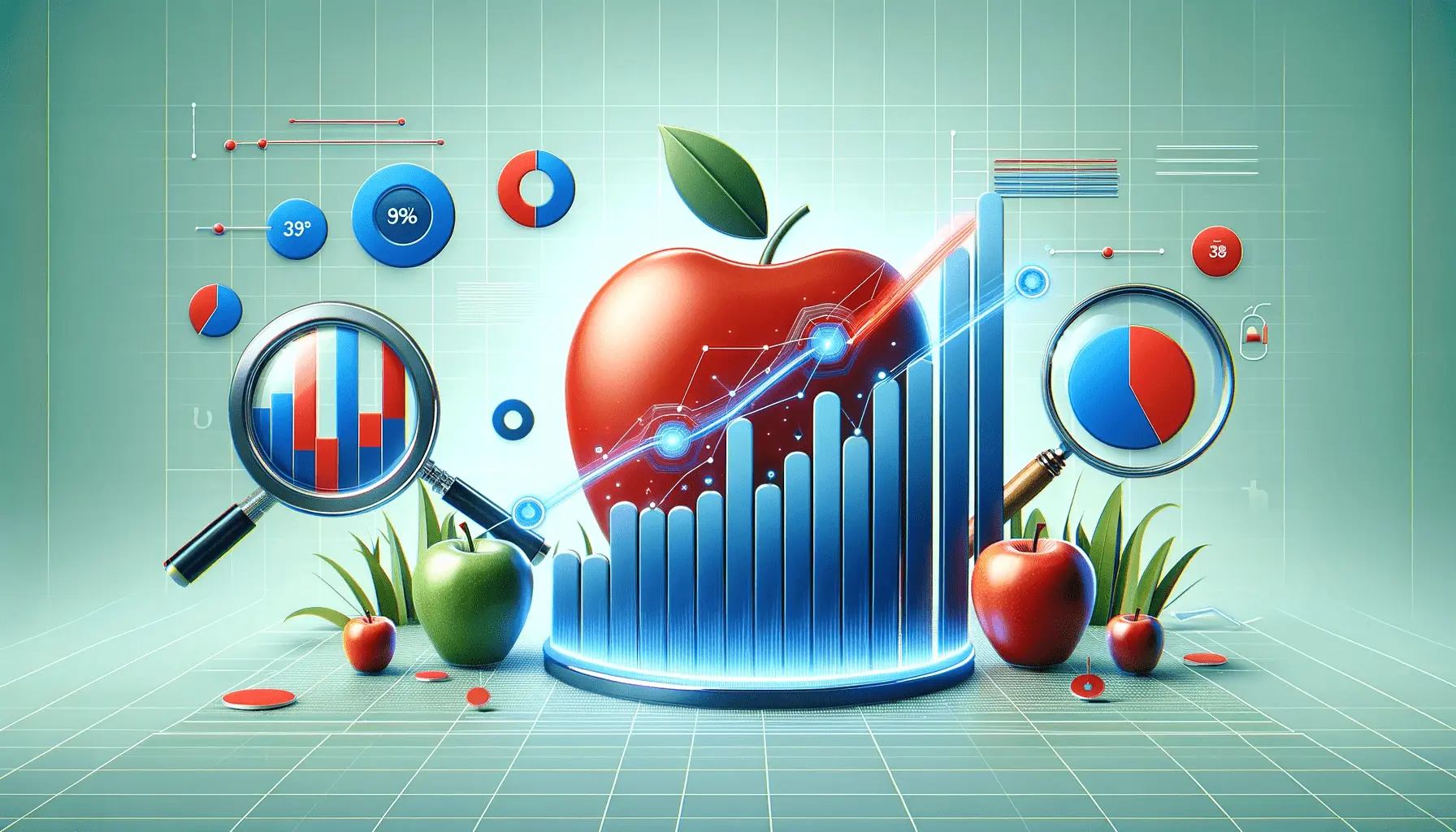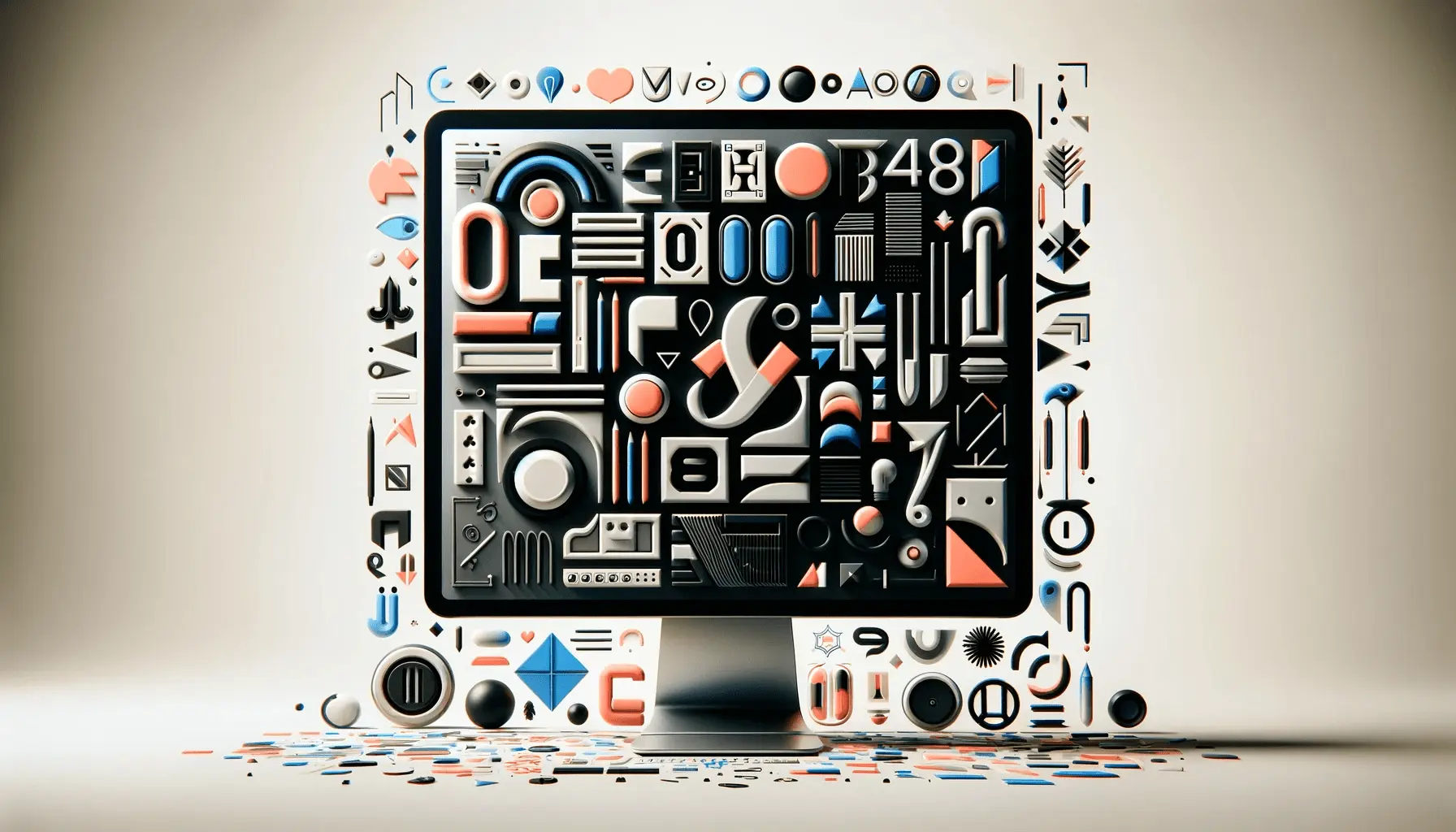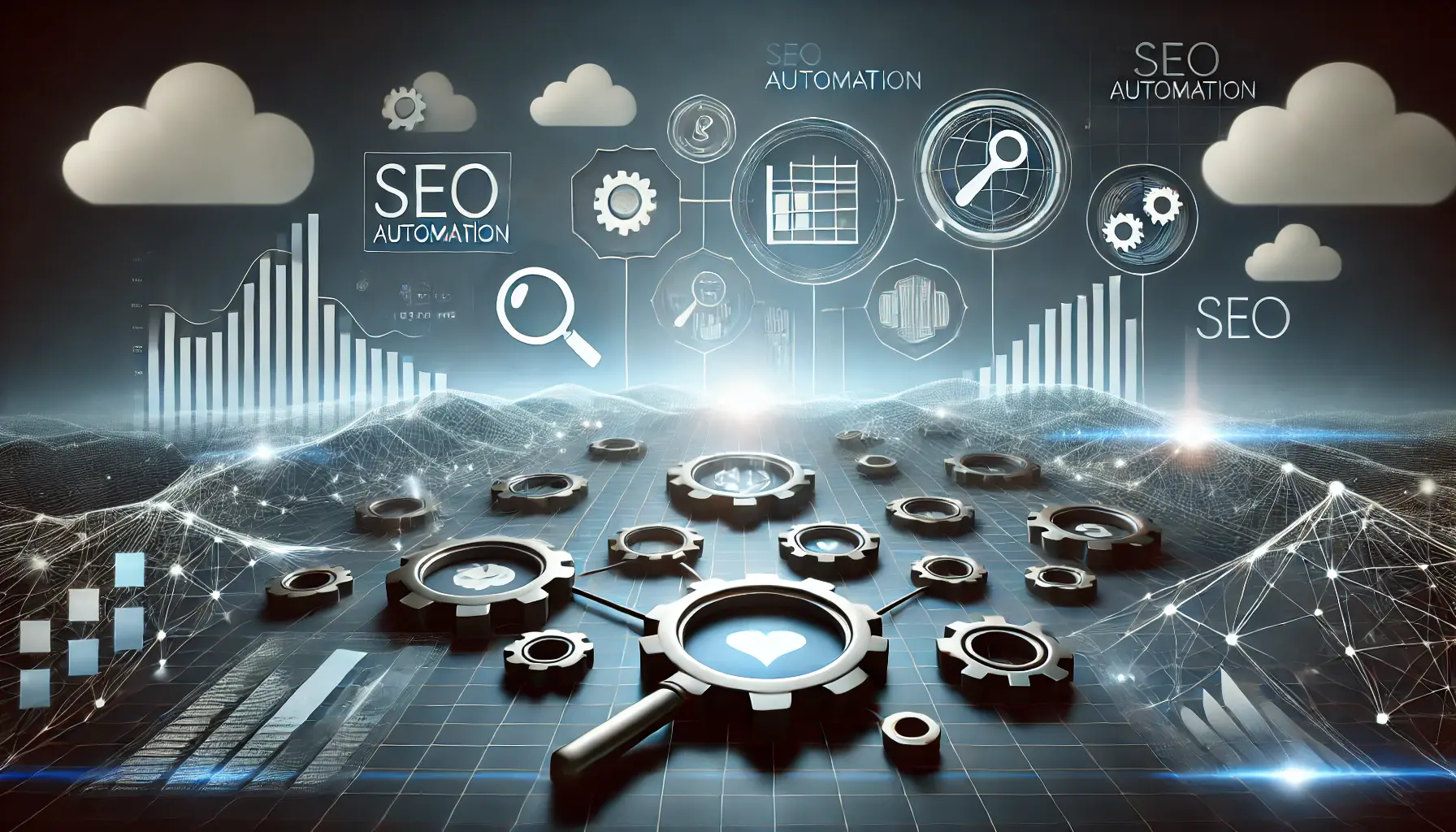Moving ahead into 2024, the world of digital marketing is changing as well — and automation becomes a key role in The New Google Ads.
Automation is reshaping digital marketing strategies, making it crucial for advertisers to stay ahead by adopting these evolving technologies.
Automation is more than just a buzzword; it’s an increasing movement to changing how advertisers run their campaigns, allowing for better performance optimization and audience targeting.
If you’re a digital marketer or business owner, and using Google Ads for your clients — knowing where we are heading with automation will keep you competitive and provide ample information.
But what is Google Ads automation and why has it become so important for success?
Here, we’re going to take a closer look at the state of automation in Google Ads today and dive even deeper into what’s coming for 2024 by examining how these tools can assist you with your advertising strategy.
If you have been exploring automated features or just started to take them into account, we will guide you through the automation revolution and help make your ads perform at their best.
- The Future of Google Ads: Essential 2024 Automation Trends
- Best Google Ads Automation Features In 2024 to Get Benefit of
- How to Customize Google Ads Automation For Your Business
- Avoid These Basic Mistakes with Google Ads Automation
- How to Stay Ahead with Google Ads Automation Trends in 2024
- Mastering Google Ads Automation: Key Takeaways for 2024
- Frequently Asked Questions About Google Ads Automation
The Future of Google Ads: Essential 2024 Automation Trends
The automation in Google Ads is the application of machine learningA field of AI that uses statistical techniques to enable systems to learn from data patterns and improve over time. algorithms and AI to handle and optimize ad campaigns full-time.
Automation (e.g., Smart BiddingAn automated bidding strategy that uses machine learning to optimize for conversions or conversion value in every auction.) in Google Ads is intended to handle this complexity so you have more time for strategy and don’t need to constantly make manual changes.
There are a few trends in automation emerging for 2024, and these will transform the way that advertisers engage with Google Ads.
Here are a few of the most significant trends driving automation this year:

Visual representation of automation in Google Ads, illustrating the seamless integration of AI and machine learning in ad campaign management.
What is Automation in Google Ads?
Automation in Google Ads is the application of sophisticated technology, such as machine learning, to perform certain ad campaign tasks automatically.
This can mean manipulating bids, audience selection, or even crafting new ads based on performance data.
Embracing automation means there is less guesswork in campaign management, and data-driven conclusions are applied more quickly than any human could.
- Using machine learning models, we analyze historical campaign performance data to forecast the optimum bid strategies.
- Google Ads automation helps deliver your ads to the right people using automated targeting.
- Responsive search ads dynamically create content according to the user’s search intent.
With automation integrated, you can replace manual work and minimize human error, which means maximizing your return on investment (ROIReturn on investment, a measure used to evaluate the efficiency or profitability of an investment.).
And what does that do for you?
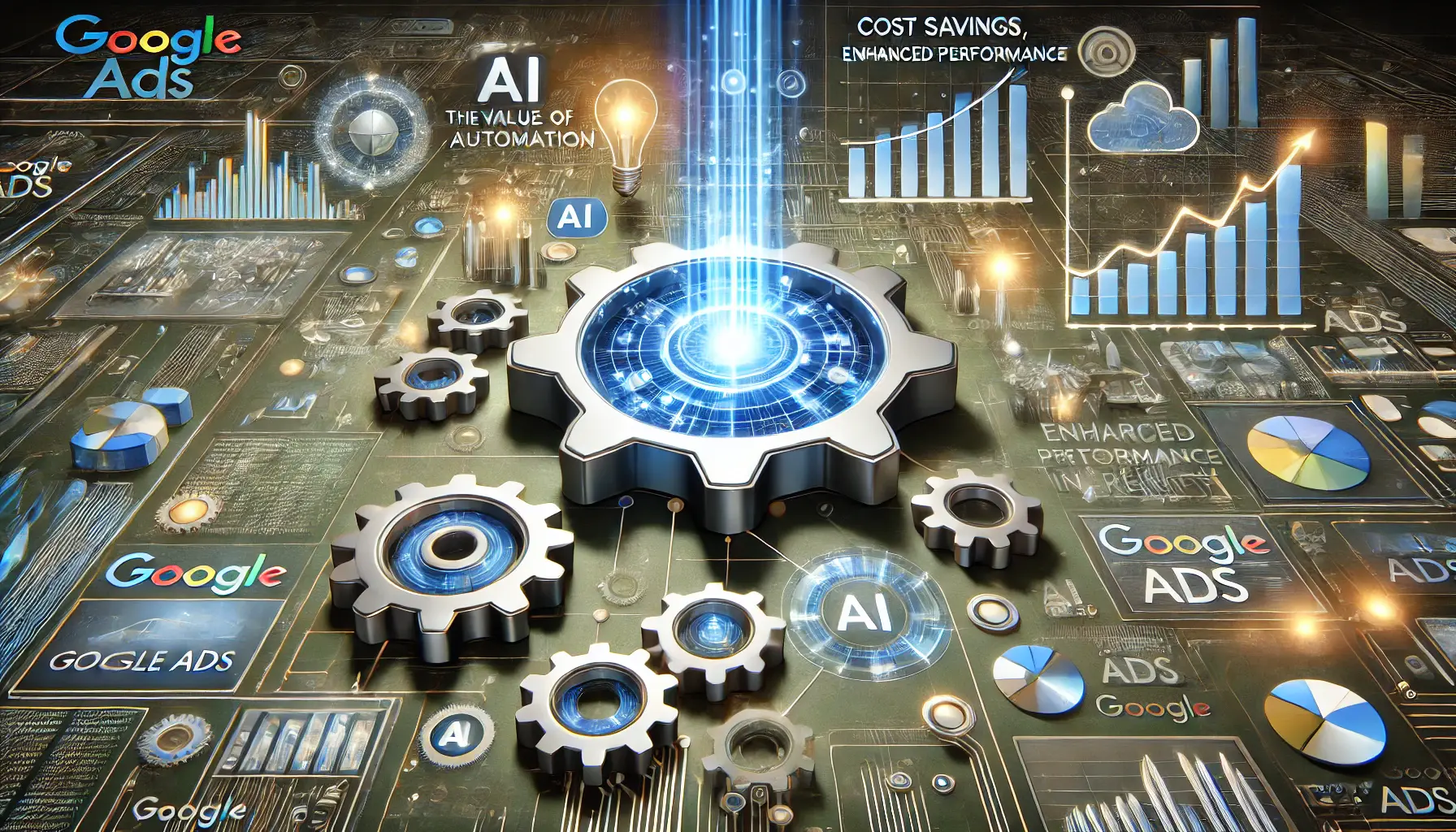
Illustration showing how automation enhances advertising by optimizing campaigns, reducing costs, and improving performance for advertisers.
The Value of Automation for the Advertiser
Automation not only saves time but also improves efficiency and performance, which will benefit your bottom line.
Let’s break down the benefits of automation in Google Ads:
- Time Efficiency: Automation takes care of the scut work (like creating reports), while you focus on more strategic elements of your campaigns.
- Cost Optimization: Automated bidding ensures you are not under or overspending for clicks, reducing wasted ad spend.
- Refined Targeting: Google’s AI learns how your audience behaves and constantly refines targeting to ensure you are reaching the right people.
- Enhanced Performance: Due to adjustments being made in real-time, automated campaigns tend to outperform those managed manually, leading to better results.
In this way, by using automation, you spend less time on manual tasks and see better performance results.
This leads us to the rising trend of automation in Google Ads for 2024.
The rising trend of automation means more optimized ad performance with less manual intervention, so embracing these changes early can give you a competitive advantage.
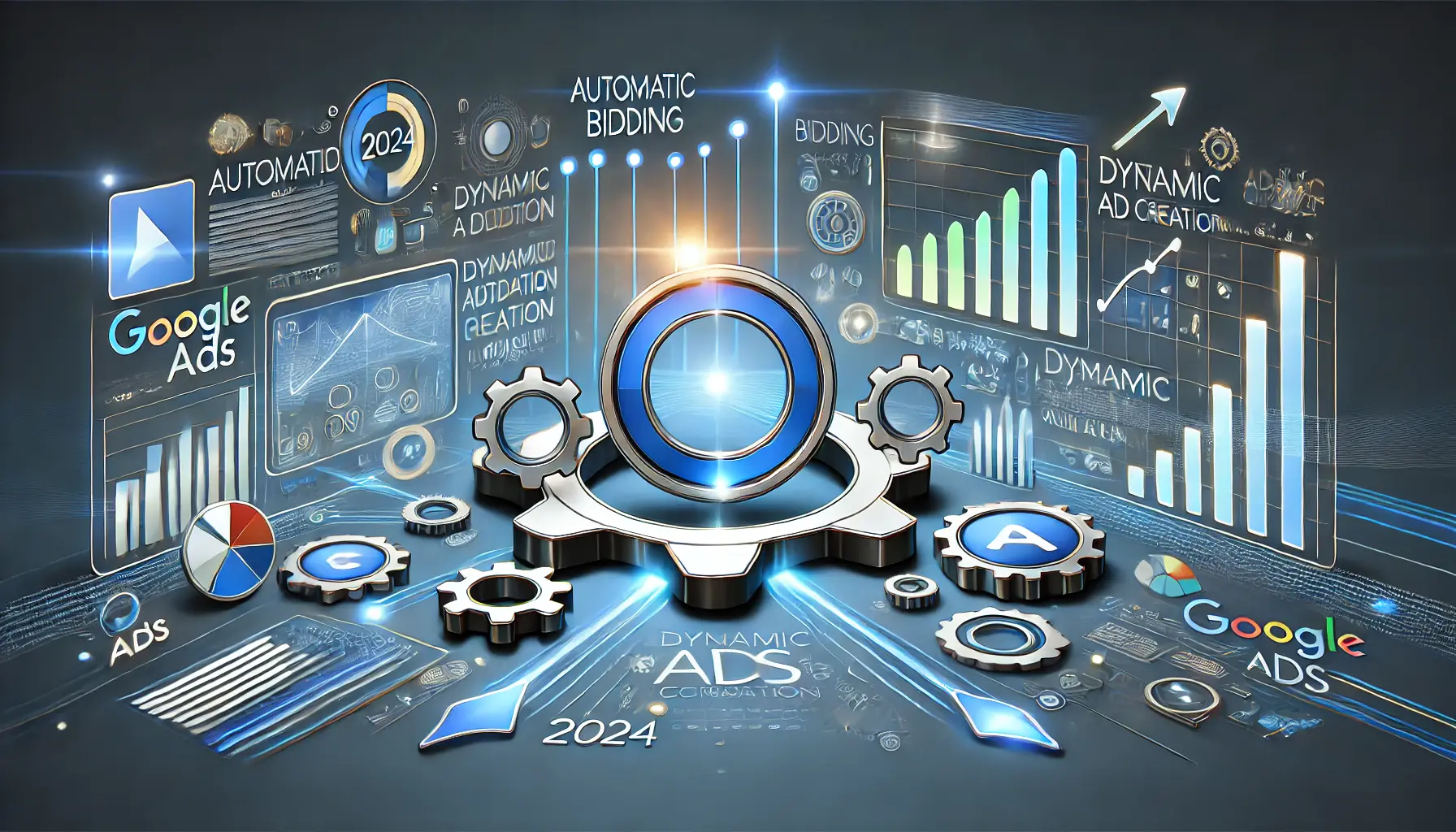
Visual representation of the most advanced Google Ads automation features for 2024, highlighting innovations in bidding, ad creation, and AI-driven campaign optimization.
Best Google Ads Automation Features In 2024 to Get Benefit of
The future of advertisement is automation.
New features are added to Google Ads as innovations continue to make it easier for advertisers to further optimize their campaigns.
There are a few unique automation features that will change how you navigate your ad campaigns and optimize them for success in 2024.
These features enable more efficient operations and significantly enhance performance — many of them leveraging machine learning and AI.
Now let’s explore some of the friendliest and top Google Ads automation features you should learn!
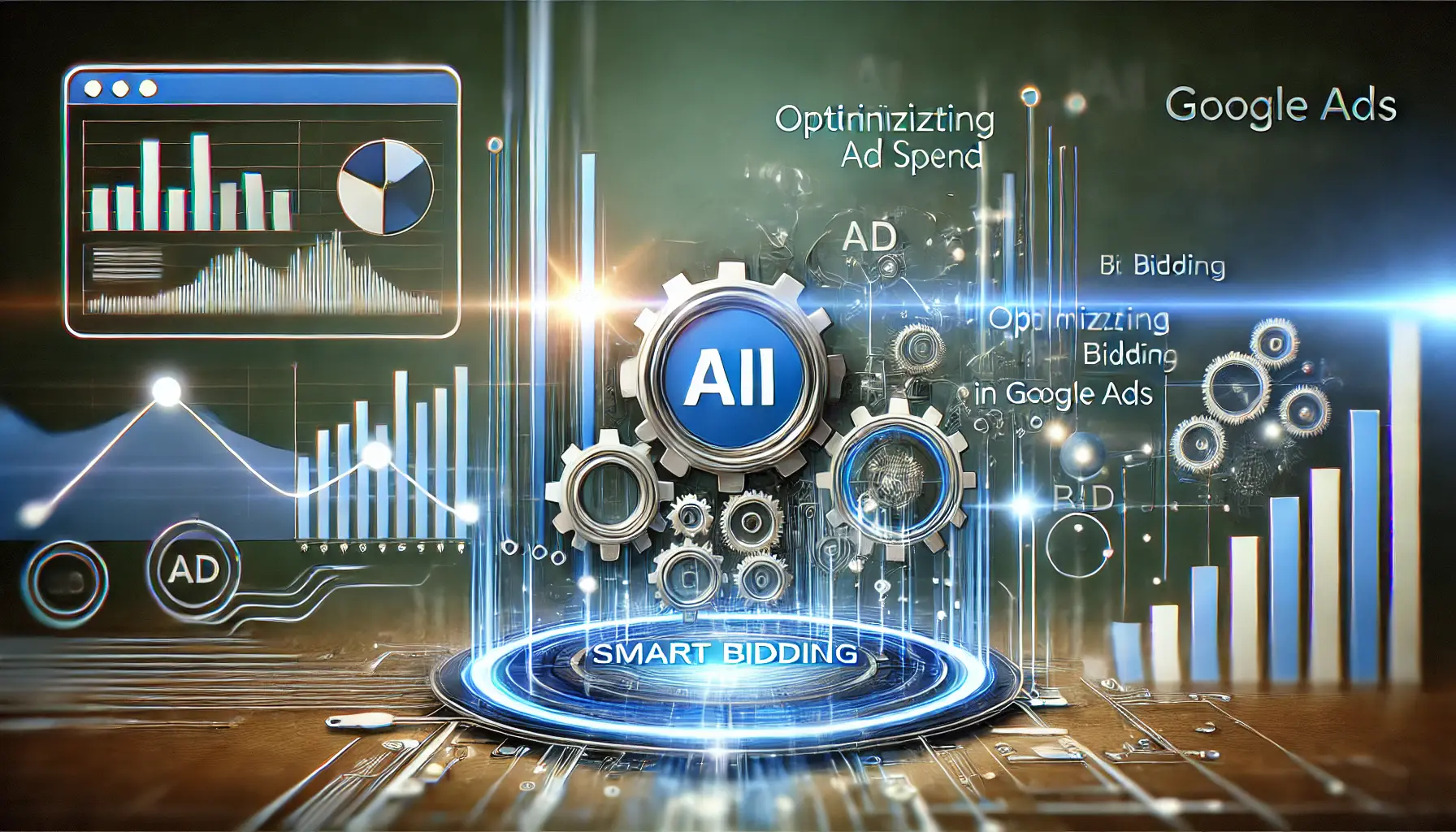
Illustration representing the dynamic optimization of ad spend using smart bidding strategies in Google Ads.
Optimizing Your Ad Spend with Smart Bidding
Google Ads has a lot of automation features, and one of the most powerful and controllable ones is Smart Bidding.
Using machine learning to optimize your bids at every auction, enhanced CPC automatically adjusts your manual bid up or down based on the probability that a click will lead to a conversion.
With Smart Bidding, Google Ads analyzes historical data and other insights to adjust your bids in real-time, ensuring you get a high return on investment.
- Target CPA: Sets bids to help get as many conversions as possible at the target cost-per-acquisition you set.
- Target ROAS: Adjusts bids to help get as much revenue value from your conversions as possible given the target return on ad spend you set.
- Maximize Conversions: This bid strategy automatically sets bids to help you get the most conversions possible within your budget.
Smart Bidding enables you to automate one of the most difficult processes (bidding) when it comes to campaign management.
This means your ad spend is used optimally, showing ads only to those who are most likely to benefit and, most importantly, click through at the right time!
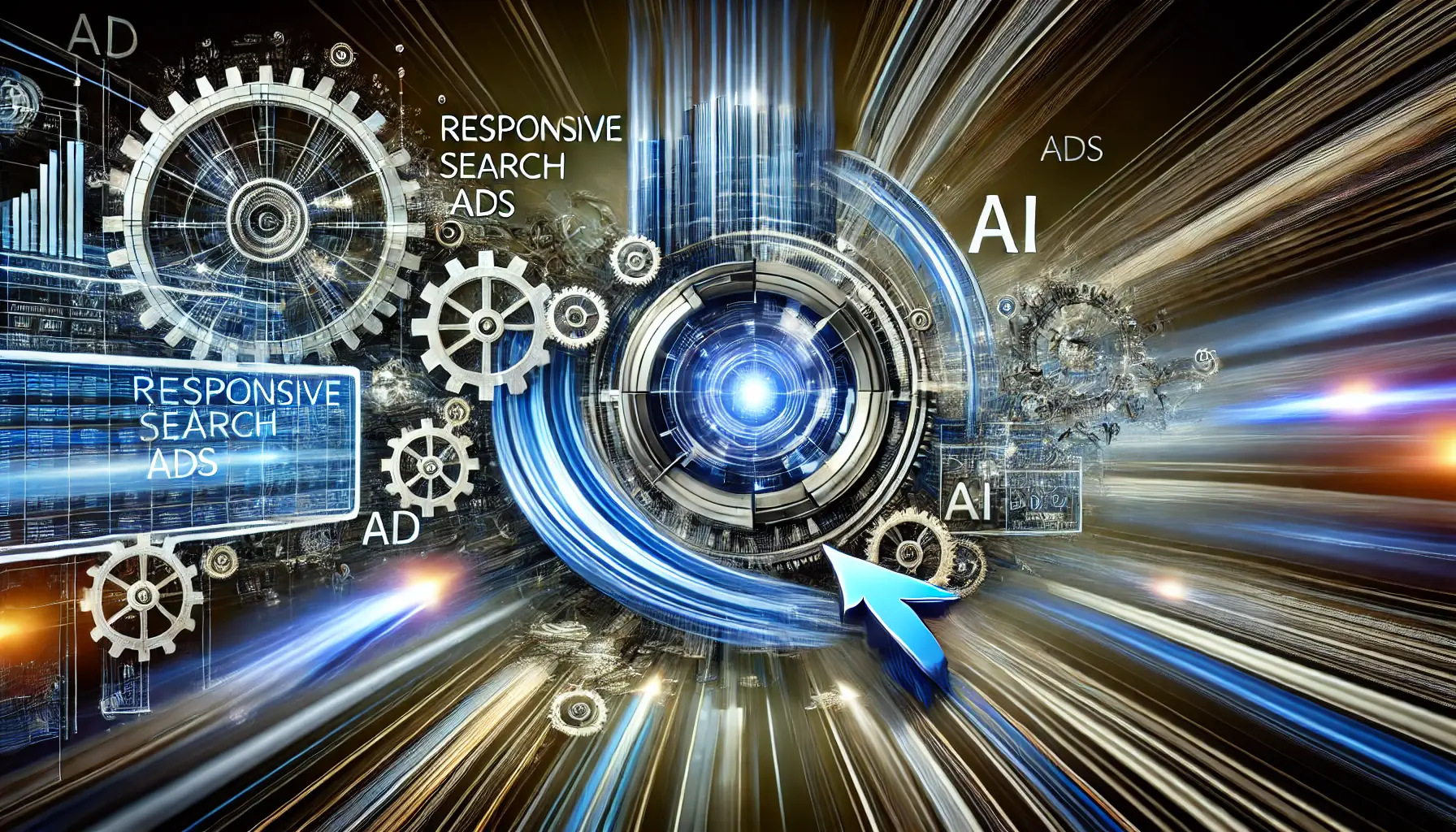
Illustration showcasing the speed and flexibility of responsive search ads powered by AI, allowing for dynamic ad creation and optimization.
Responsive Search Ads: Ad Creation on Steroids
Responsive Search Ads add another layer of automation by automatically tailoring your ad copy to more closely align with a user’s search query.
You can write multiple headlines and descriptions, and Google will automatically test different combinations to see which pairings are most effective.
As the system learns which combinations improve click-through rates and overall campaign performance, it can use this knowledge to enhance future performance.
- You provide up to 15 headlines and 4 descriptions for your ads.
- Google’s algorithm tests these creative elements in different combinations, selecting the top-performing ones for your audience.
- This automation facilitates continuous improvement in ad performance without requiring constant manual adjustments.
Thanks to automation, your ads will constantly become more relevant and effective.
It’s a hands-free way to ensure your message gets through at the best possible time.

Illustration representing the flexibility and personalization of Google Ads automation, where businesses can customize tools to optimize their ad campaigns.
How to Customize Google Ads Automation For Your Business
Each business is unique, so although leveraging automation can greatly enhance your ad campaigns, it’s important to ensure that you tailor these functionalities according to what best suits your needs.
The true power of Google Ads automation lies in its flexibility; it can be adjusted to align with your company’s specific goals.
When automated tactics are customized, you can adapt your campaign to perform better based on specific goals and set yourself up for top results.
In order to explore how you could apply automation effectively, it’s crucial to ensure that your business objectives stay aligned.
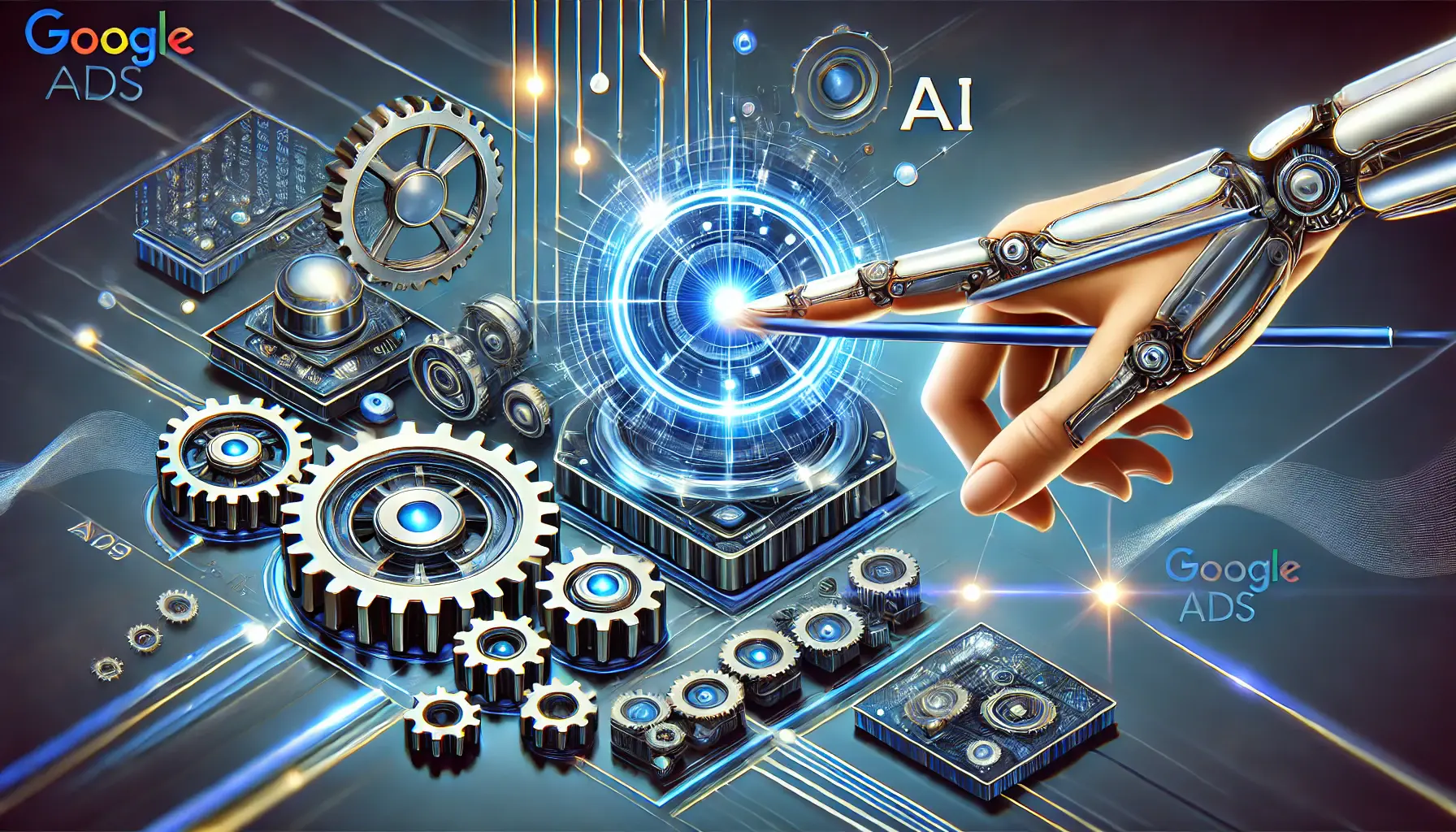
Illustration depicting the integration of personal strategy into automated systems, highlighting the human touch in optimizing automated campaigns.
A Personal Touch to Your Automated Strategies
Although Google Ads automation has very strong features by default, you need to adjust these automatic tools according to your business goals.
For instance, if your primary objective is to drive more conversions, you may want to focus on the automated bidding strategies like Target CPA and Maximize Conversions.
Conversely, if you are a ROAS-centric client, perhaps the Target ROAS model is the right fit for your account.
- Shortlist the best automated features according to your business goals.
- Adapt your bidding strategies to suit your audience: if conversions matter most, focus on those; for clicks or revenue, choose strategies that align with those priorities.
- Consistently test and refine your automation strategies to find the combination that performs best for your business.
By tailoring these strategies, you’re not only automating your campaigns but also configuring them in the best possible way for the results that matter most to you and your brand.
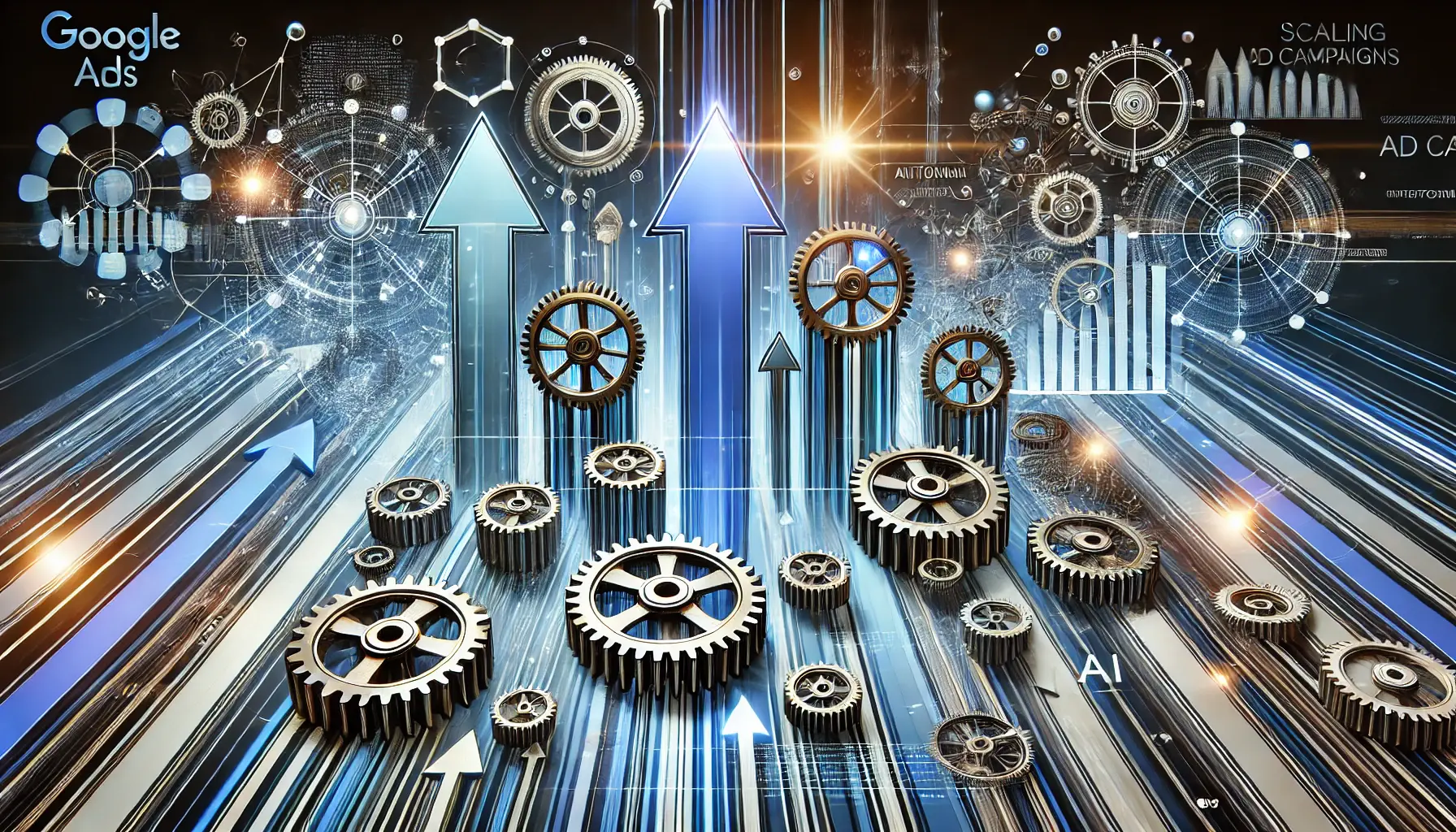
Illustration showing how automation drives the scaling of campaigns, increasing reach and optimizing performance in Google Ads.
Scaling Campaigns with the Help of Automation
Automation delivers a potent benefit: the scalability of your campaigns.
As businesses grow, manual campaign management can become difficult to handle.
This is where Google Ads automation shines, allowing you to scale your efforts without sacrificing efficiency.
Here’s how automation can help scale your campaigns:
- Automated Bidding: Allows you to manage bigger ad budgets without adjusting bids manually from one campaign to another.
- Product Ads: Automatically create product-ad templates that scale with the complexity of your campaign as you expand targeting to new audiences.
- Machine Learning: Automatically improves and scales the reach of your audience based on real-time data, allowing you to grow without losing relevance.
This way, by using automation for scale, you can manage larger campaigns with solid performance and reach more people without spending significantly more time.
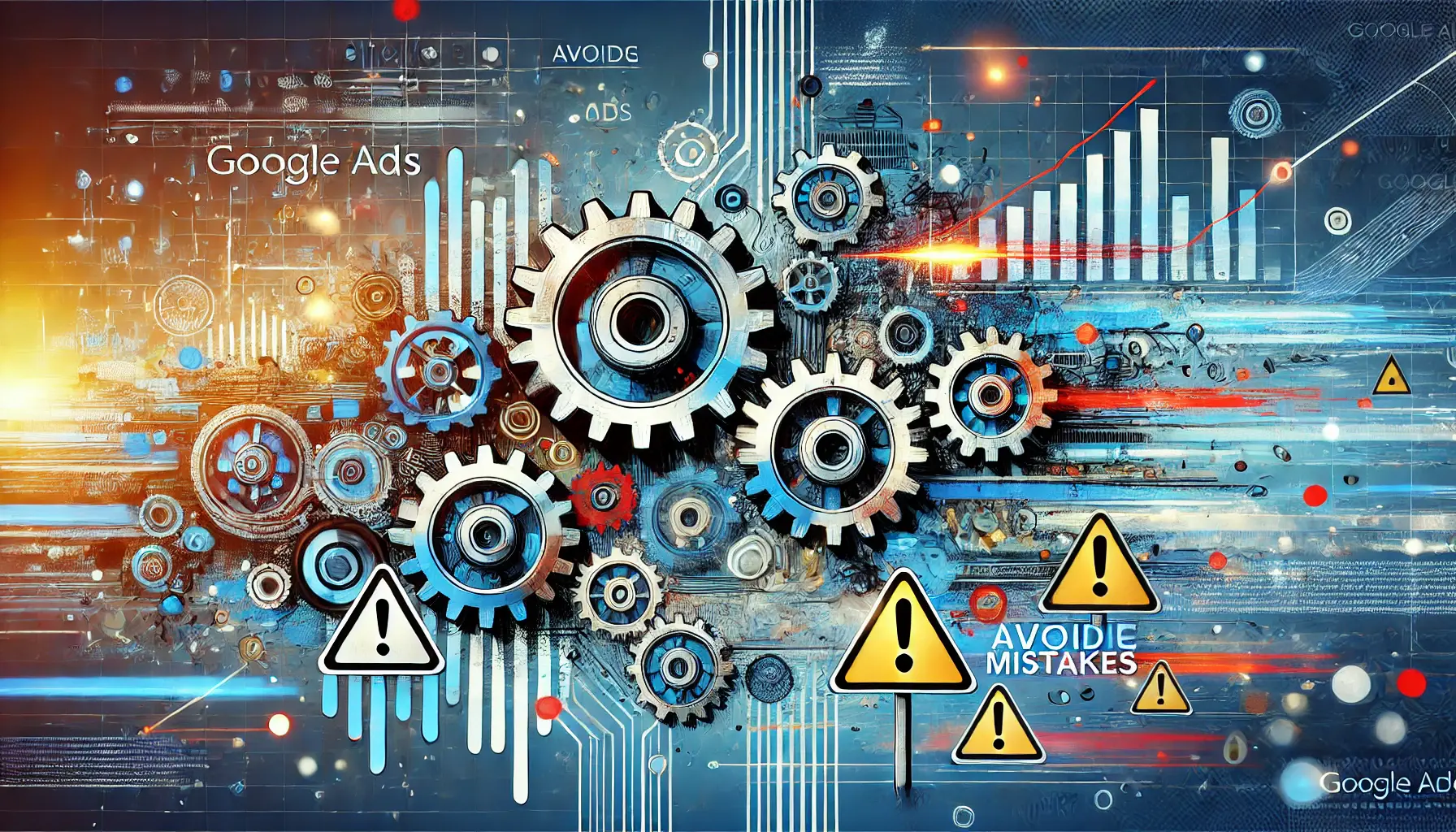
Illustration highlighting potential pitfalls in Google Ads automation, emphasizing the importance of oversight and avoiding mistakes.
Avoid These Basic Mistakes with Google Ads Automation
As you already know, automation in Google Ads has many advantages, but it is not without its challenges.
More often than not, advertisers will think they can simply “set it and forget it” when creating automated campaigns.
However, automation is not a silver bullet – it still needs to be closely monitored and continually refined for it to actually work effectively.
Improper management of automated campaigns, on the other hand, will burn through ad spend and result in lost opportunities to perform.
So, in this article, I will explain the most common mistakes you can make when using Google Ads automation.

Illustration representing the potential dangers of over-reliance on automation, highlighting the need for balance and oversight in digital marketing strategies.
Over-Reliance on Automation
Despite the amazing advances in digital marketing, the biggest downfall for advertisers is an over-reliance on automation without consistently supervising their campaigns.
There is no doubt that automation can handle most of the heavy lifting, but this should not come at the expense of good decisions or, in some cases, relying solely on data that may be flawed.
If the data you provide is poor, it can easily lead to a “trash in, trash out” situation.
- Check in on your campaign performance regularly to make sure the automation is delivering the expected results.
- Ensure that your data is accurately tracked and up to date to avoid poor optimization results.
- Do not assume that everything can be automated without human oversight.
Managing your campaigns keeps them active, so whenever automation produces results that are less than desirable, you can make the necessary modifications to turn things around.
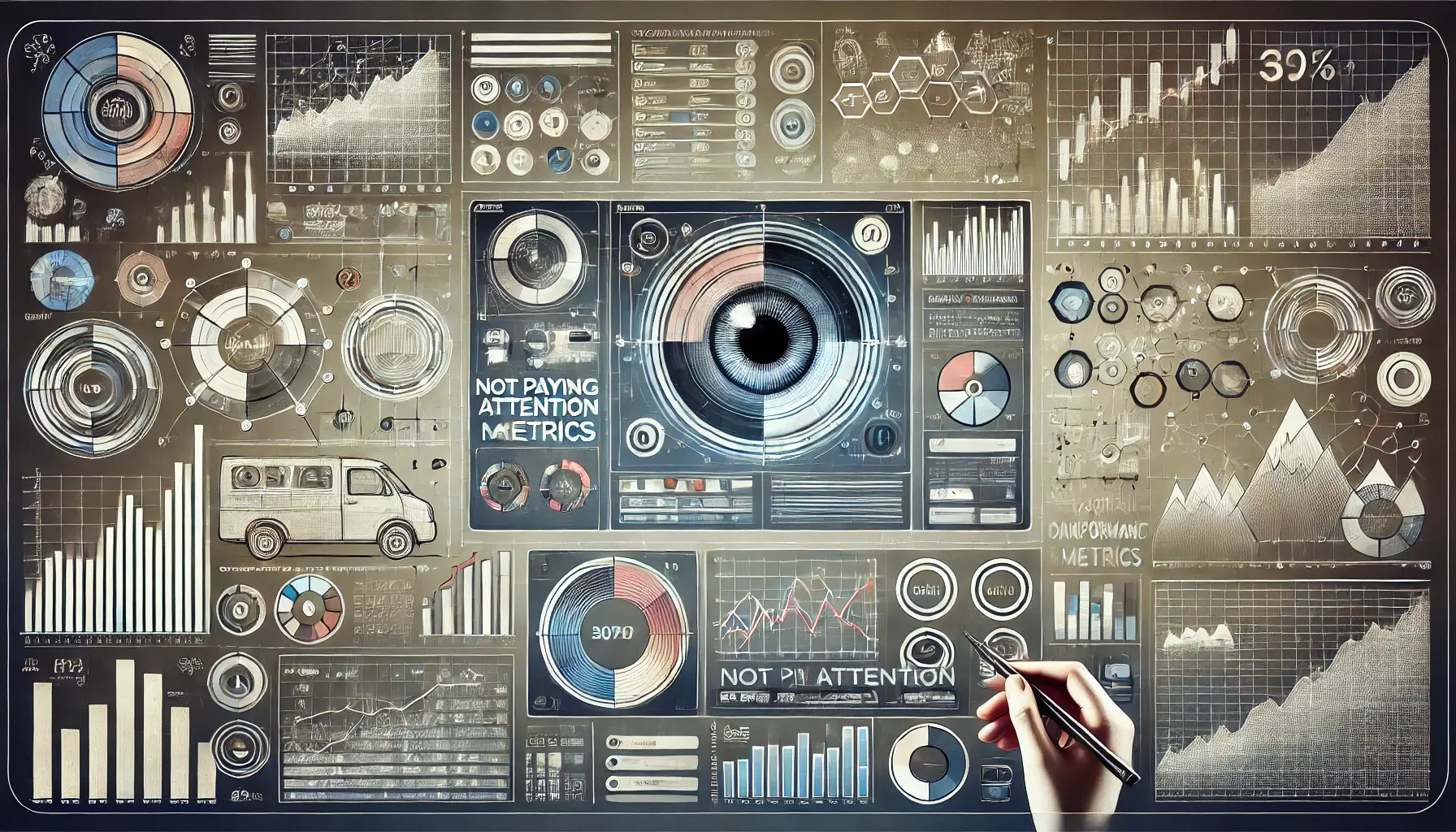
Illustration representing the consequences of not paying attention to key campaign metrics in digital marketing, highlighting the risks of ignoring critical data.
Not Paying Attention to Campaign Metrics
An often-overlooked error is not watching key performance metrics while utilizing Google Ads automation.
You cannot take the data side of your campaigns lightly just because they are automated.
After all, metrics like click-through rates (CTR), conversion rates, and return on ad spend (ROAS) actually show how well your automated campaigns are performing.
- Monitor your metrics regularly and identify areas that may need manual adjustments.
- Use performance data to guide your future automation strategies.
- In addition to driving beneficial behaviors, monitoring metrics like quality score can further boost campaign effectiveness.
Even when automation is in place, it is always a good idea to stay hands-on with the data and make small changes that can enhance campaign results.
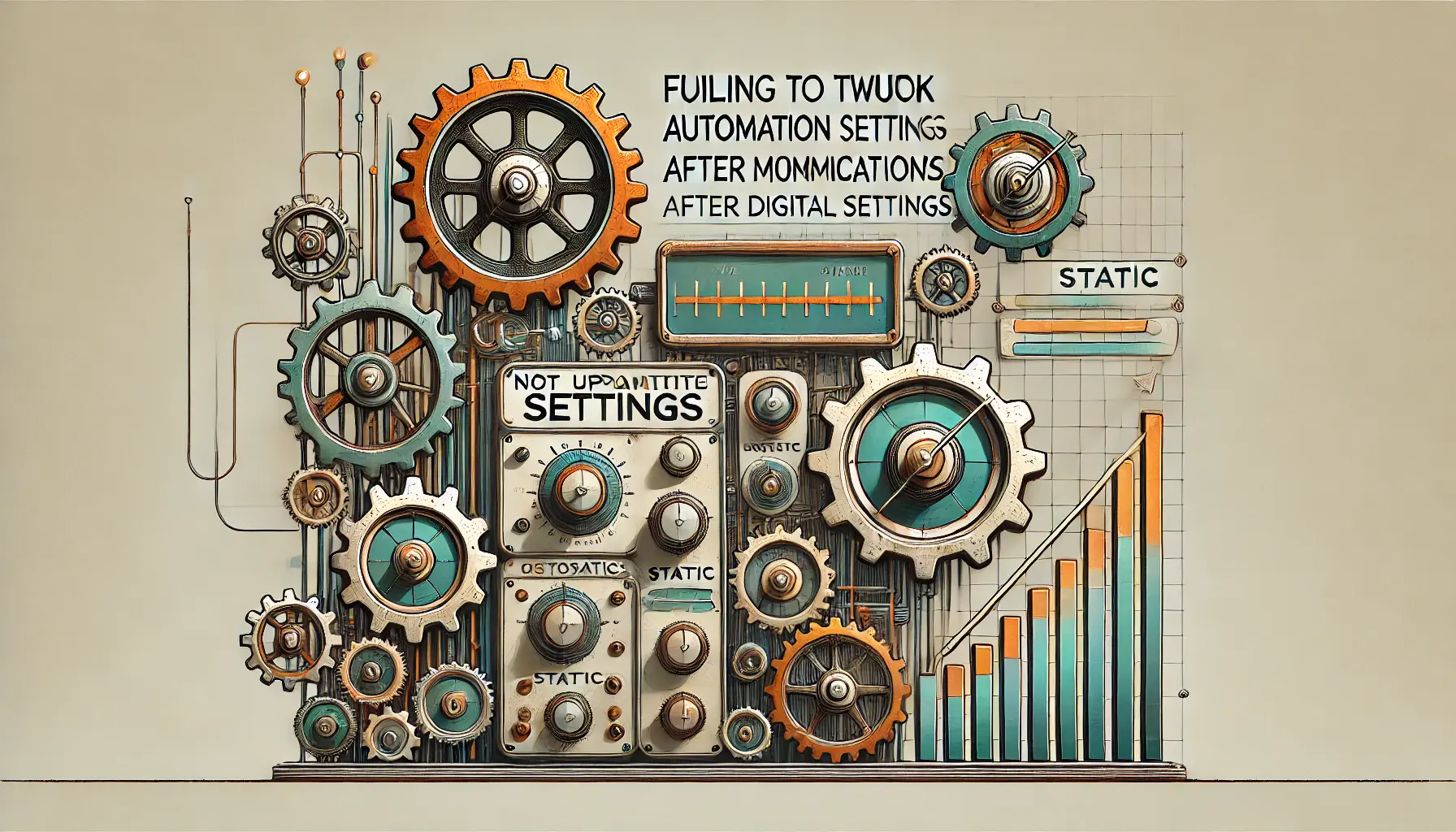
Illustration representing the consequences of failing to update automation settings, highlighting the need for continuous optimization in digital marketing.
Not Tweaking Automation Settings after Modifications
Adaptability is key to successful automation in Google Ads.
Yet, too many advertisers fail to adjust their automation settings when there are changes in business intent or market context.
This can result in underperformance if your automation gets stuck optimizing for outdated objectives or targeting the wrong audience.
- Make sure to check and update your automation settings regularly to align with your latest business goals.
- Adjust your strategies to reflect changes in the market, such as seasonality or shifts in consumer behavior.
- Failure to adapt your automation settings will allow your campaigns to stagnate and underperform.
Flexible and nimble automation settings keep you competitive and help ensure that your campaigns remain high-performing.
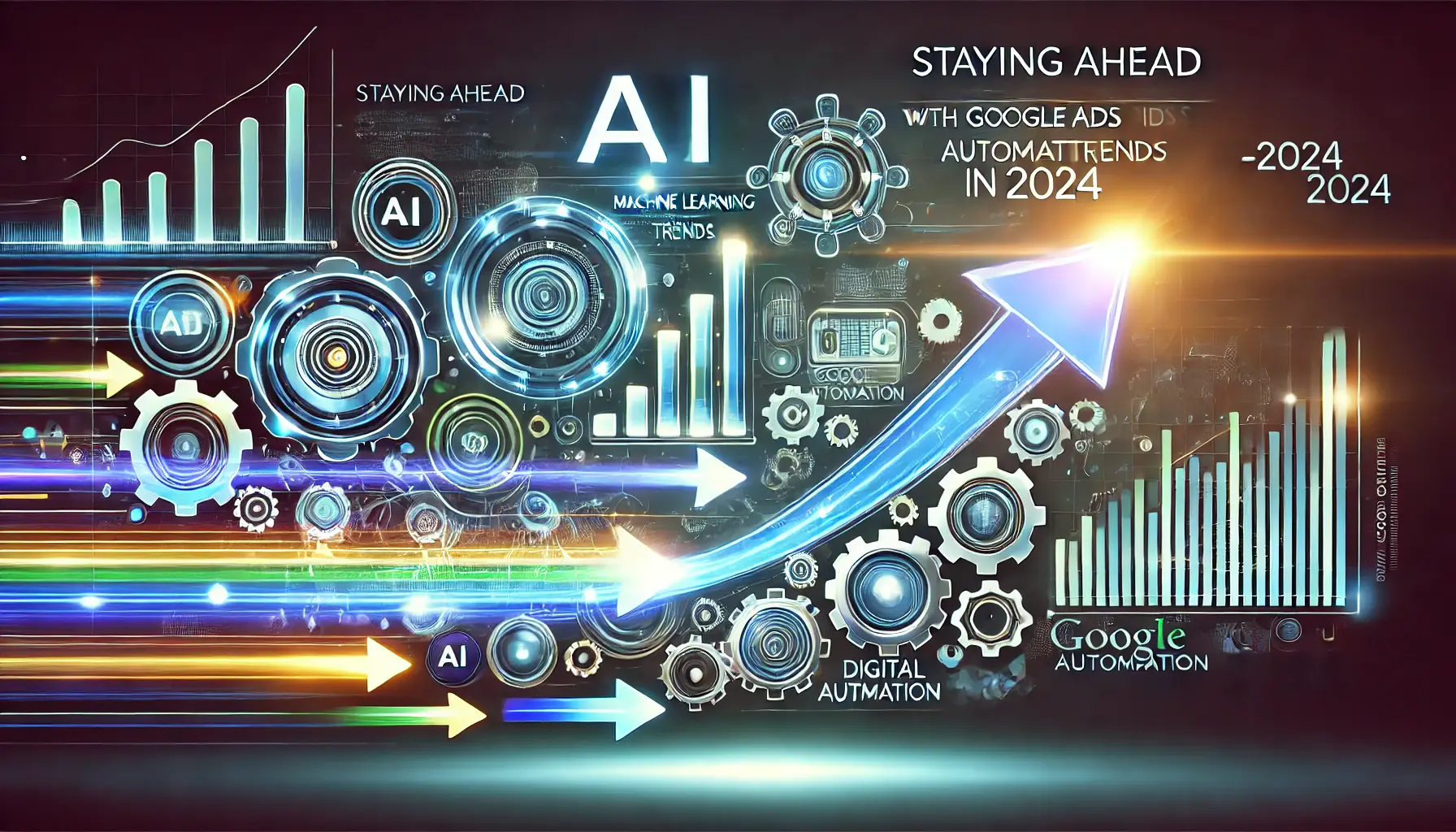
Illustration representing the importance of staying ahead in digital marketing by leveraging the latest Google Ads automation trends and innovations in 2024.
How to Stay Ahead with Google Ads Automation Trends in 2024
The need to stay ahead with Google Ads automation trends is important to maintain a competitive edge amidst the constantly changing world of digital marketing.
Great advertisers are always looking at new tools and techniques to optimize their performance—retaining cost-efficient campaigns and meeting better performance standards to deliver improved results.
In 2024, automation grows more helpful every day, and the key to success is staying up to date on these trends.
So, how can you ensure you are getting the best out of Google Ads automation?
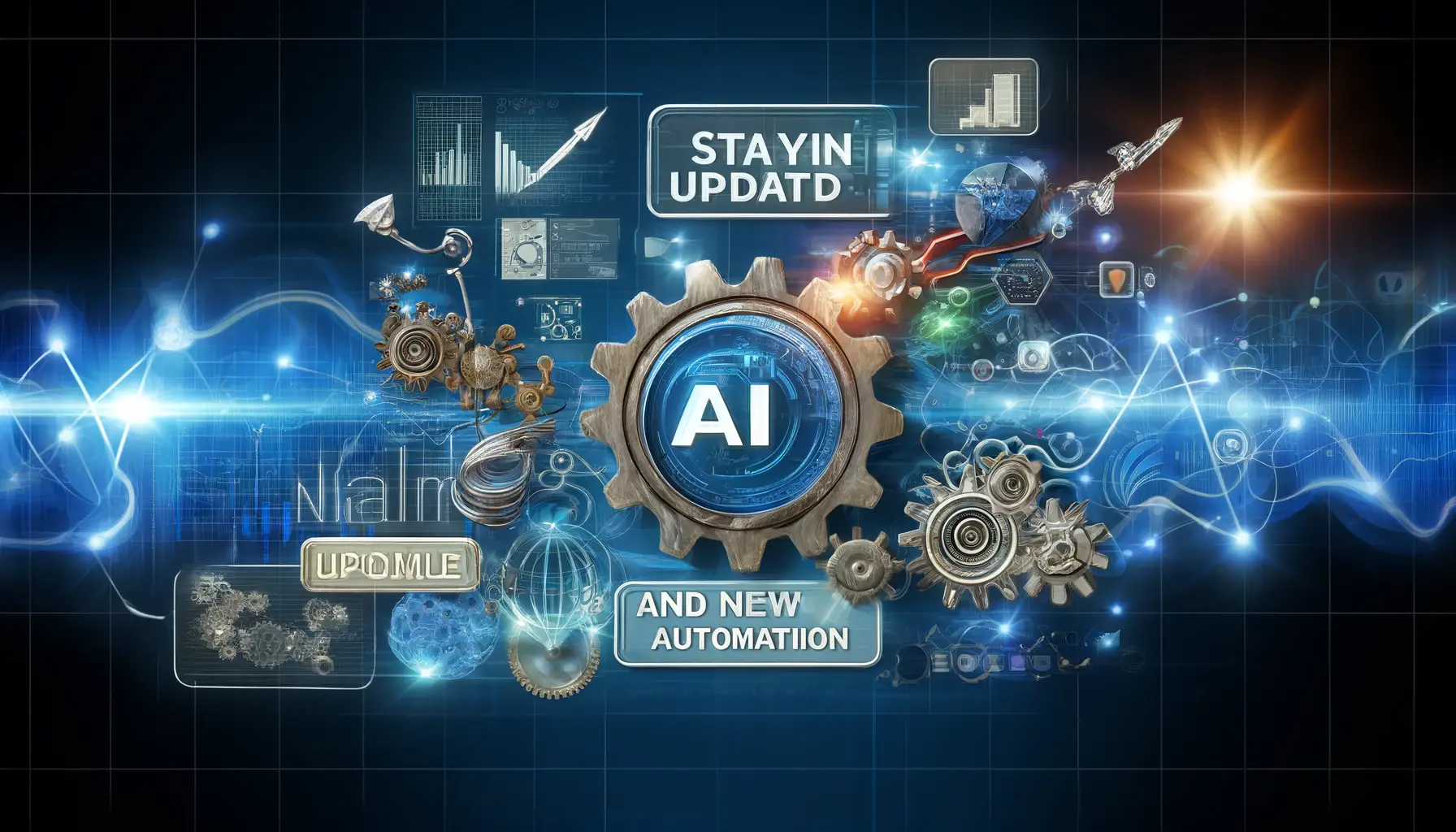
Illustration representing the importance of staying updated on the latest automation tools and innovations in digital marketing.
Stay Updated on New Automation Tools
Google Ads is constantly coming out with new automation features to optimize your campaigns better.
Keeping up with the latest tools gives you a competitive advantage over those who may not be using the newest features.
- Stay in the loop with Google Ads updates and test new automation features as they are released.
- Run tests on new tools to see how they can enhance your current strategies and campaigns.
- Don’t be afraid to try new automated bidding options, new ad formats, or experiment with new audience targeting tools.
Keep learning and adjusting over time, and you’ll stay at the forefront of new releases of automation capabilities.
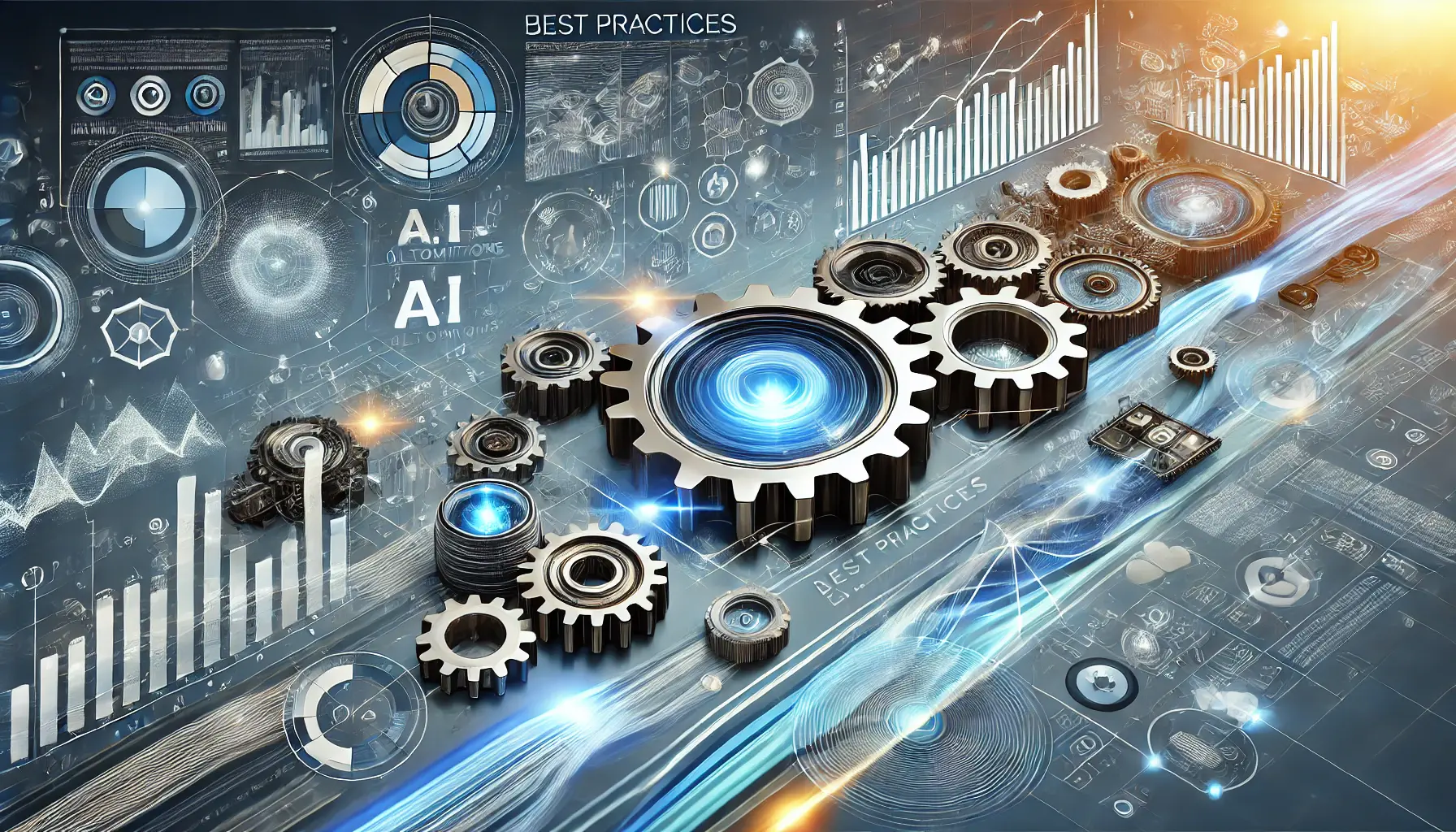
Illustration representing the importance of best practices in managing automated campaigns, emphasizing efficiency, strategic planning, and optimization.
Best Practices for Automated Campaigns
Best practices regarding Google Ads automation will be key to ensuring improved outcomes in 2024.
While automation takes care of much of the heavy lifting, following best practices will ensure that your campaign strategies are optimized for success.
- Keep an eye on campaign performance and make changes as needed to improve results.
- Fine-tune your automated bidding strategies based on performance data and changes in business goals.
- Ensure your data tracking is in order. Without accurate data, the benefits of automation will be lost.
These best practices will ensure that your automated campaigns perform effectively and adapt correctly to changing trends.
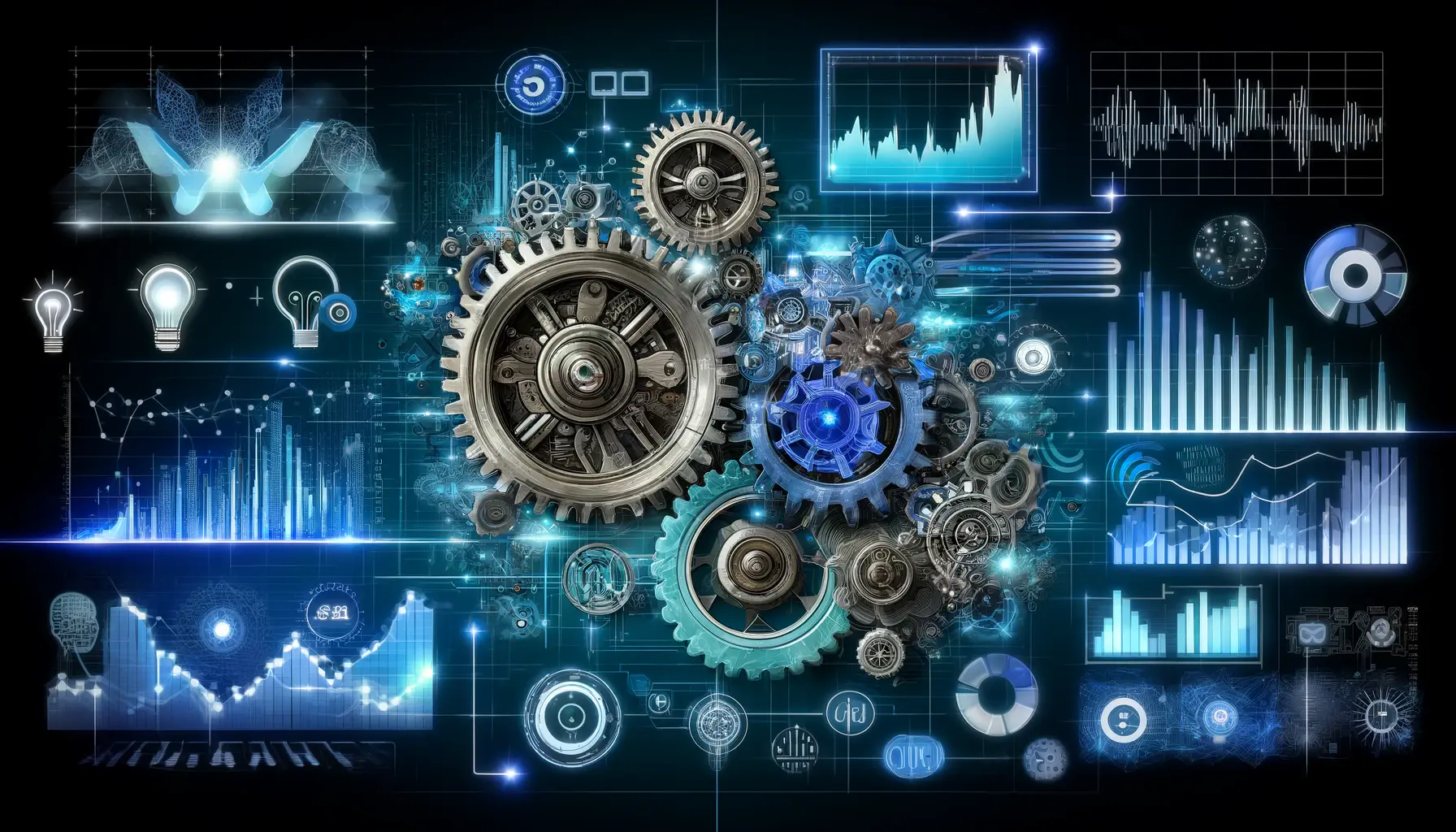
Illustration representing the ongoing assessment and optimization of automation performance, highlighting the importance of real-time monitoring and adjustments.
Assessment and Optimization of Automation Performance
The secret to staying ahead in 2024 will be continuously evaluating and optimizing the performance of your Google Ads automation.
Constantly reviewing your campaigns, identifying problem areas, and making strategic adjustments will keep you on top.
- Regularly check your automated campaigns to ensure they are running as planned.
- Analyze performance data to spot trends and identify underperforming areas, then implement necessary changes.
- Use A/B testing to experiment with different automation strategies and optimize performance.
Proactive testing and optimization of your Google Ads automation will keep you ahead of the competition and ensure your success in 2024.
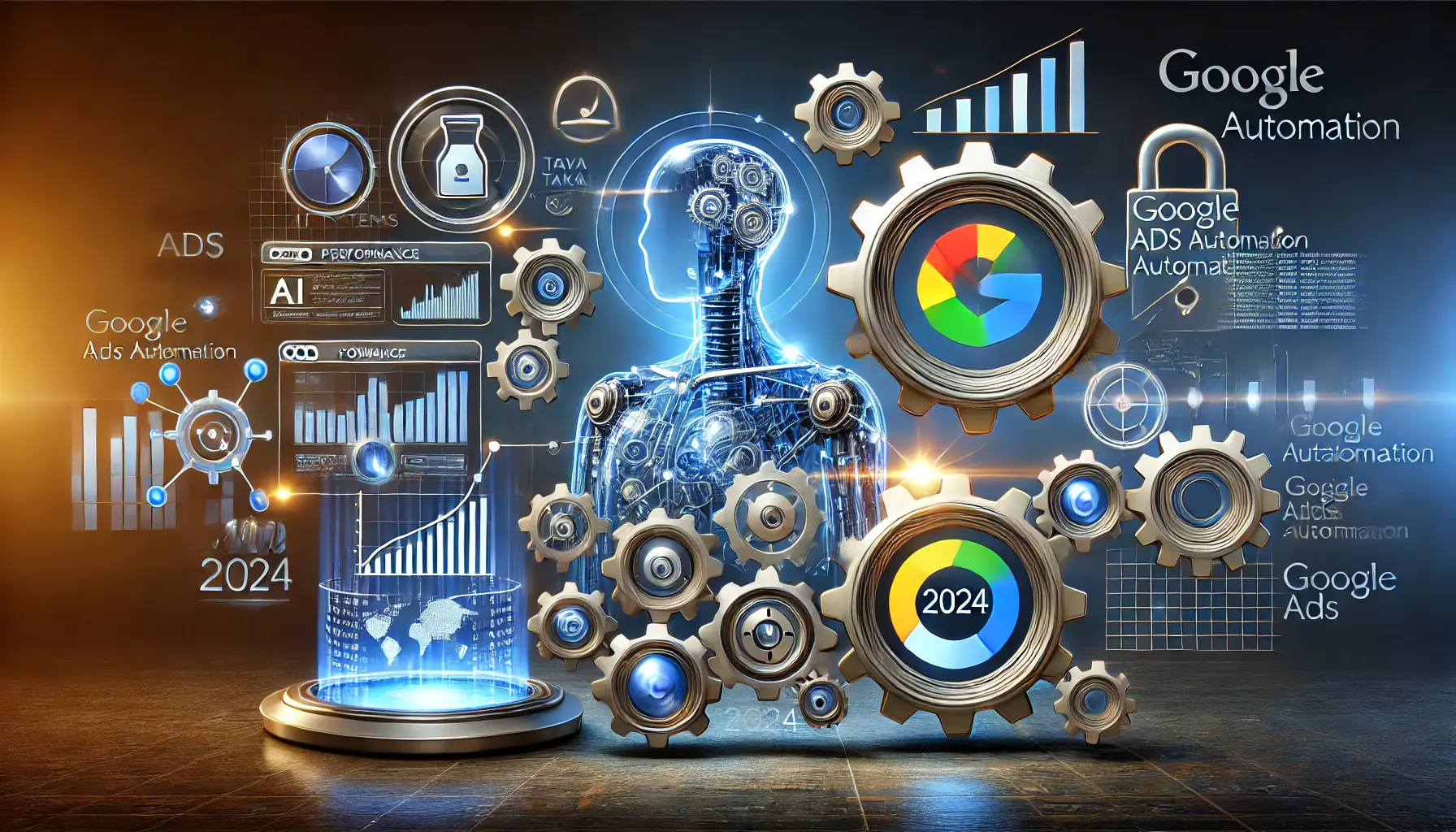
Illustration representing the mastery of Google Ads automation, highlighting key strategies and efficiencies for success in 2024.
Mastering Google Ads Automation: Key Takeaways for 2024
In a continually fast-changing world of digitization, Google Ads automation is leading the way.
What started as a convenient tool has now become a crucial part of the trifecta of performance optimization, maximum return on investment, and competitiveness in this rapidly evolving environment.
Automation lies at the heart of how businesses are propelled to the top, empowering them to save time, enhance efficiency, and achieve better results than ever before.

Illustration representing the importance of staying ahead of automation trends in digital marketing, emphasizing innovation and progress.
Keeping Ahead of Automation Trends
Staying ahead of automation trends in Google Ads is vital to unlocking the full potential of Google Ads automation in 2024.
Being aware of trends and updates in Google Ads automation is essential, as the latest automation tools and features will enable you to stay ahead of the competition by continuously optimizing your campaigns.
- Experiment with new automated bidding strategies to find what works best for your business goals.
- Measure the performance of your campaigns regularly and track key performance indicators to identify areas for improvement in your automation strategies.
- Continuously assess changing business objectives and market conditions to adjust your automation settings accordingly.
- Be proactive and agile to consistently optimize efforts and ensure that your campaigns always run efficiently.
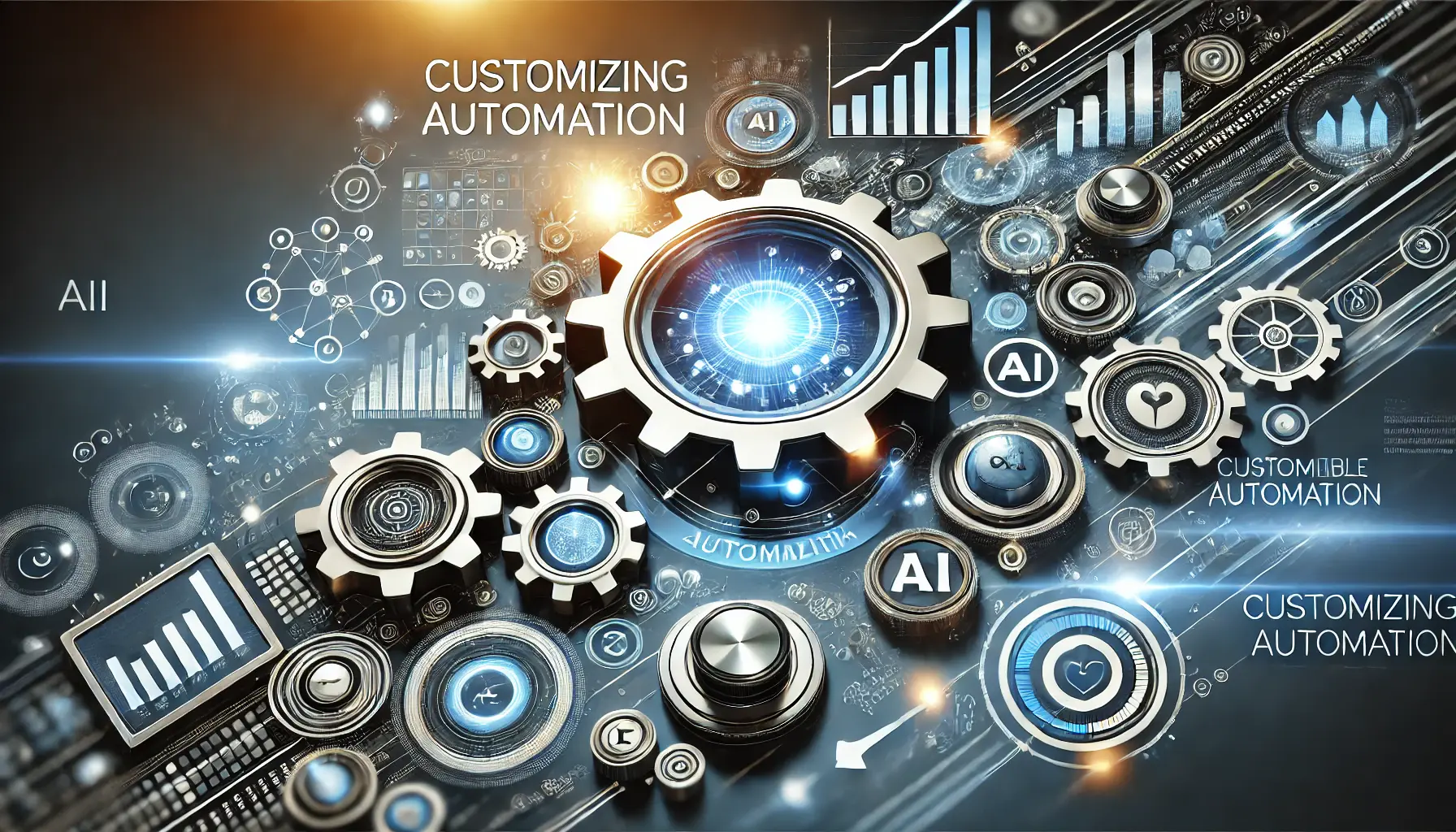
Illustration representing the concept of customizing automation tools to fit the unique requirements of businesses in digital marketing.
Customizing Automation for Your Business
No two businesses are ever alike, and Google Ads automation allows for necessary adjustments based on your specific goals.
Whether your objectives are focused on conversions, return on ad spend (ROAS), or scaling campaigns, you can tailor your automation settings to suit your unique needs.
From Smart Bidding to Responsive Search Ads, automation tools help you meet your business goals more efficiently than manual approaches.
The key to success lies in regularly revisiting your automation settings to ensure they remain relevant to your current business goals and market conditions.
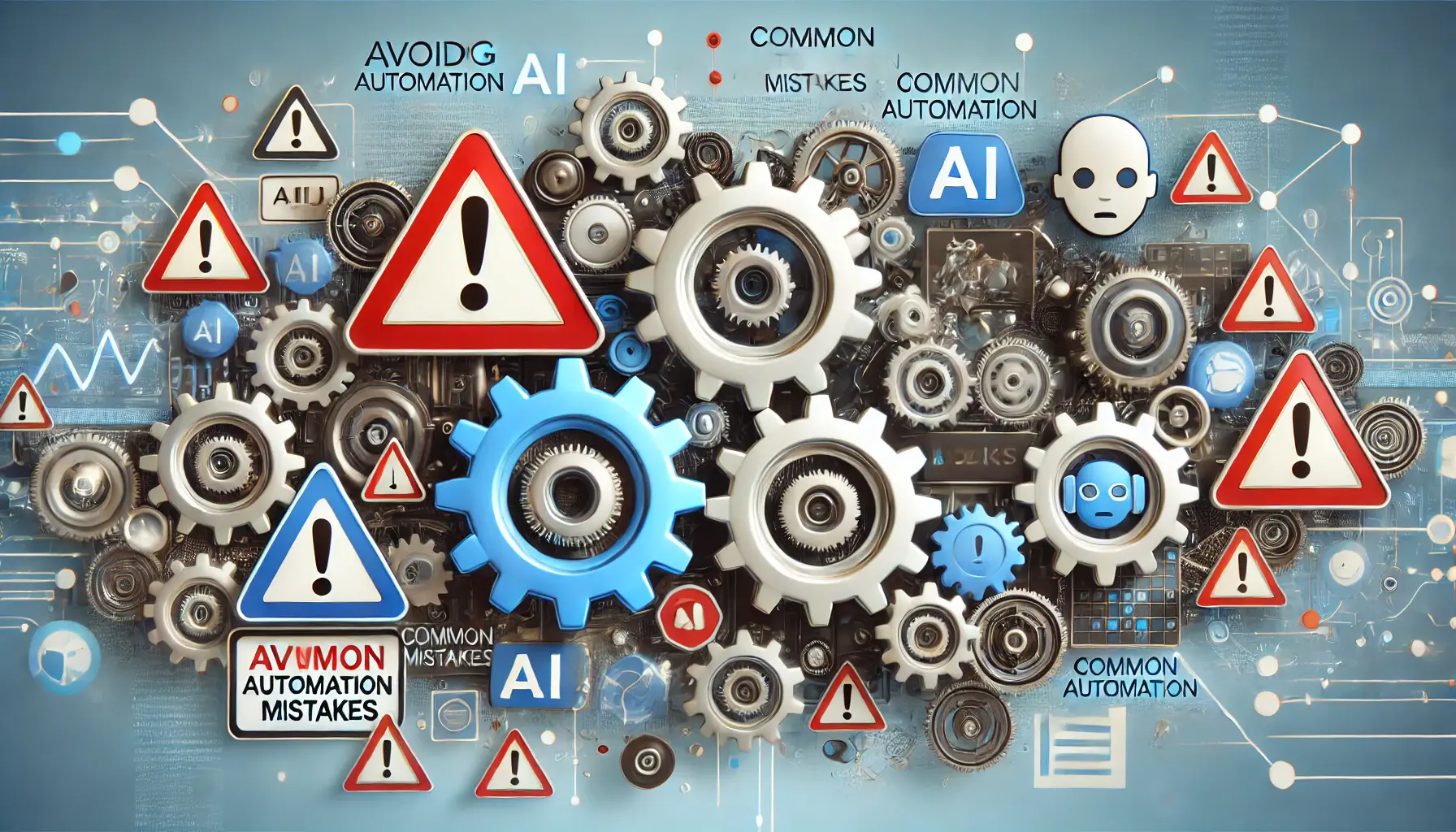
Illustration representing the importance of avoiding common automation mistakes, with cautionary symbols highlighting the need for careful management in digital marketing automation.
Avoiding Common Automation Mistakes
While Google Ads automation comes with significant benefits, it’s important not to rely too heavily on automation, miss important performance metrics, or neglect to update automation settings regularly.
These pitfalls can lead to wasted ad spend and underperforming campaigns.
- Monitor your campaigns to ensure that automation works in your favor, rather than the other way around.
- Pay close attention to performance metrics such as click-through rates (CTR), conversion rates, and return on ad spend (ROAS).
- Be proactive about making changes to your automation settings as your business and the market evolve.
By avoiding these common pitfalls, you can fully leverage Google Ads automation to drive better results.
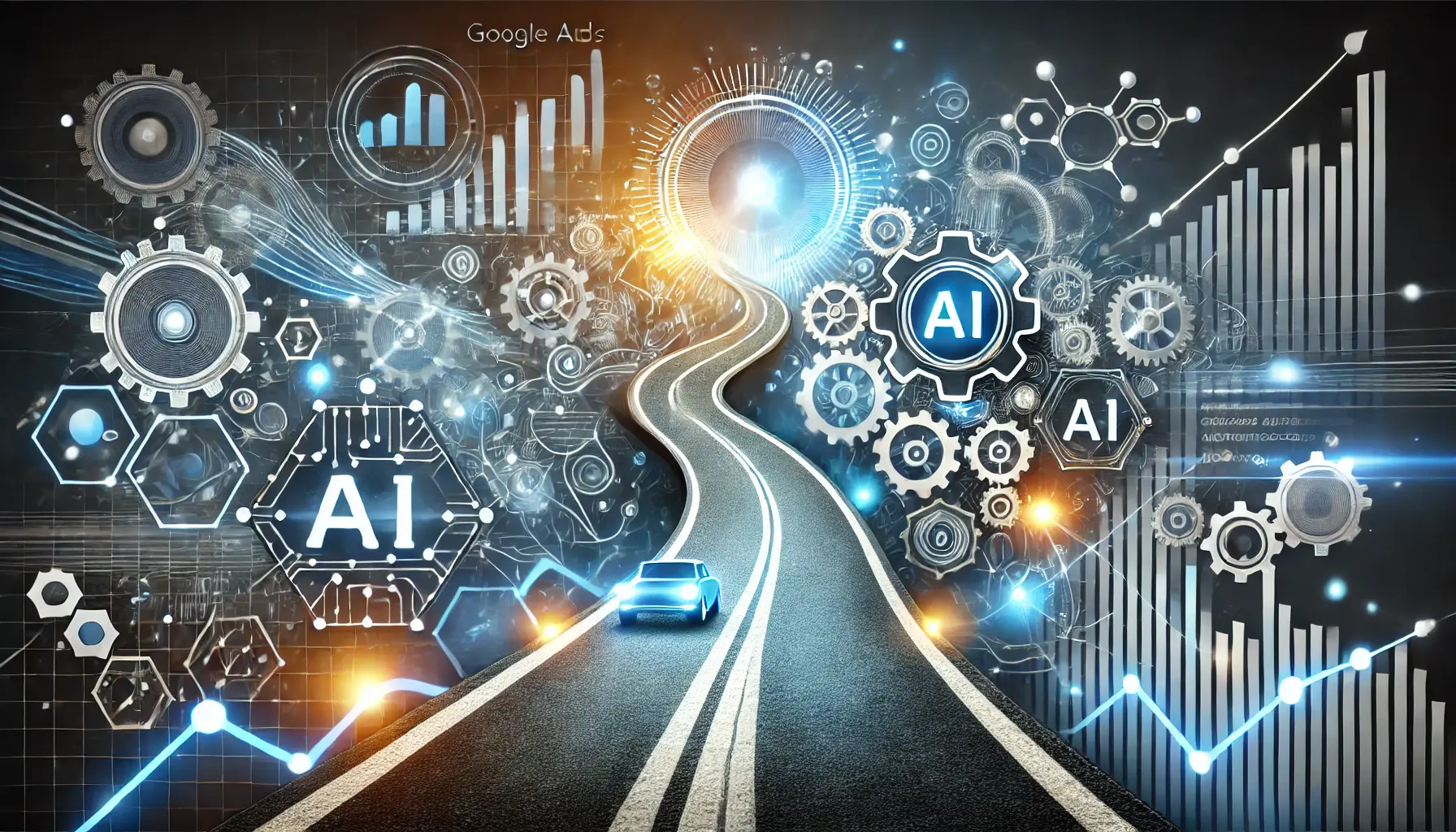
Illustration representing the journey to success with Google Ads automation, highlighting continuous progress and optimization.
The Road Ahead: Your Pathway for Success with Google Ads Automation
As automation continues to evolve through 2024, it is clear that Google Ads automation will become even more integral to achieving the full potential of digital marketing efforts.
Embracing new tools, customizing automation to your needs, and avoiding common mistakes will ensure you remain at the forefront of this trend.
Automation at scale enables businesses to amplify their efforts, reach wider audiences, and optimize their performance—all while reducing the manual workload.
However, this requires a proactive approach: staying updated on trends, regularly evaluating performance, and making strategic adjustments as needed.
By 2024, Google Ads automation will not just be a trend; it will be a vital asset for digital marketers who wish to elevate their impact in the digital space.
With automation, you’ll have the opportunity to take your campaigns to new heights and remain positively competitive in the years to come, ensuring the continued success of your business.
Automation is the future of advertising. Businesses must adapt quickly to stay relevant and ahead of their competition in 2024 and beyond.
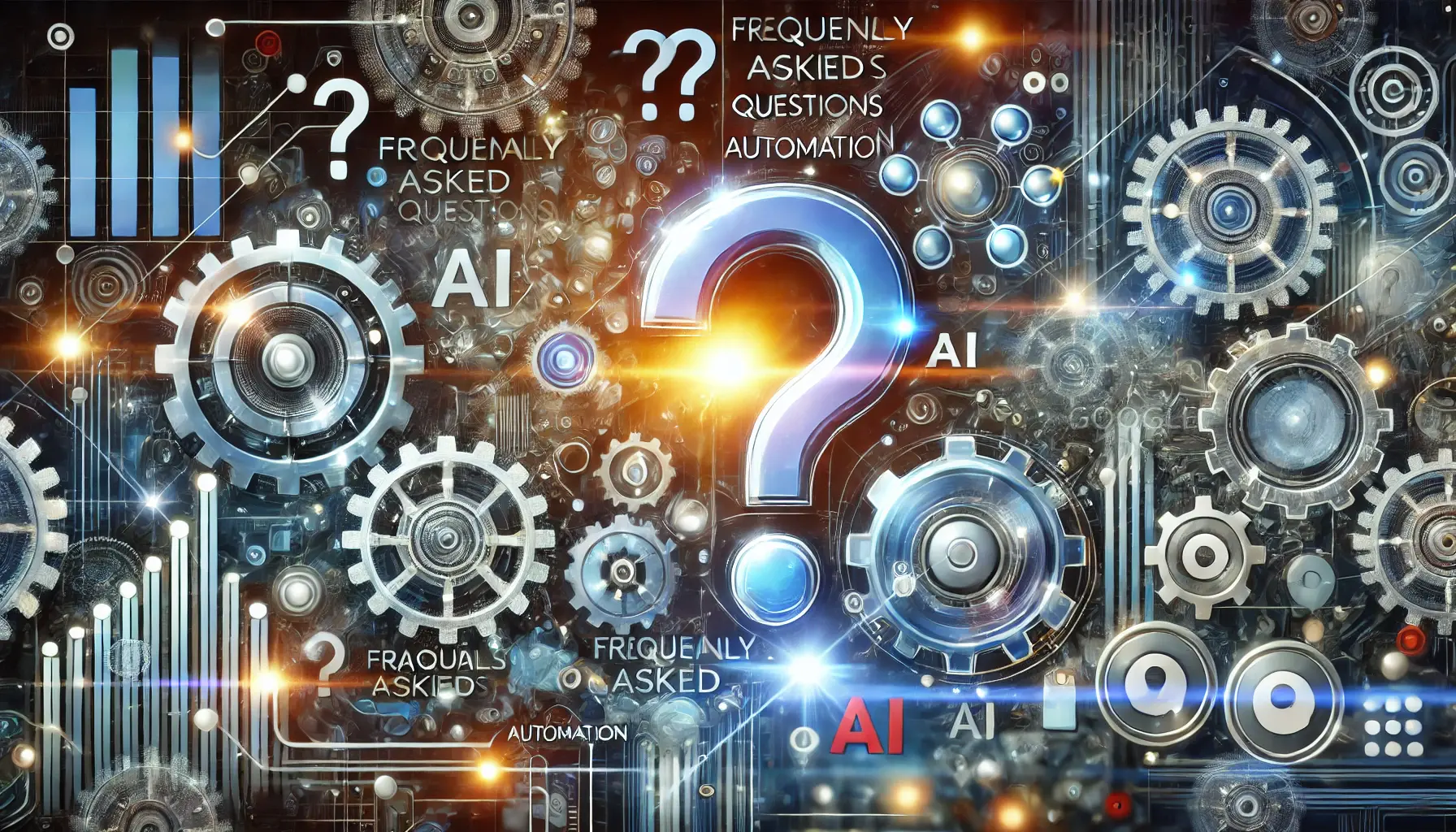
Illustration representing frequently asked questions about Google Ads automation, emphasizing curiosity and knowledge in the realm of automation.
Your campaigns can be managed by an agency specialized in Google Ads, check out our service page.
Frequently Asked Questions About Google Ads Automation
In the digital marketing space, Google Ads automation seems to be taking over.
Here are some of the common questions around getting the most out of it in 2024.
Google Ads automation makes use of machine learning and AI to automate tasks such as bidding, targeting, and ad creation.
This optimizes campaign performance and reduces manual work, helping you achieve your marketing goals efficiently.
It optimizes the ad spend by targeting the right users, enhances efficacy, and helps in adjusting bids in real time—resulting in better performance, higher ROI, and saving time to focus on strategy instead of manual adjustments.
Yes, Google Ads automation is highly customizable and scalable from small businesses to large enterprises.
Small businesses benefit from automated bidding and targeting, maximizing limited ad budgets and improving campaign results.
Common mistakes include allowing automation to run unchecked, not tracking performance metrics, and failing to update automation settings.
These errors can lead to subpar performance and wasted ad spend.


